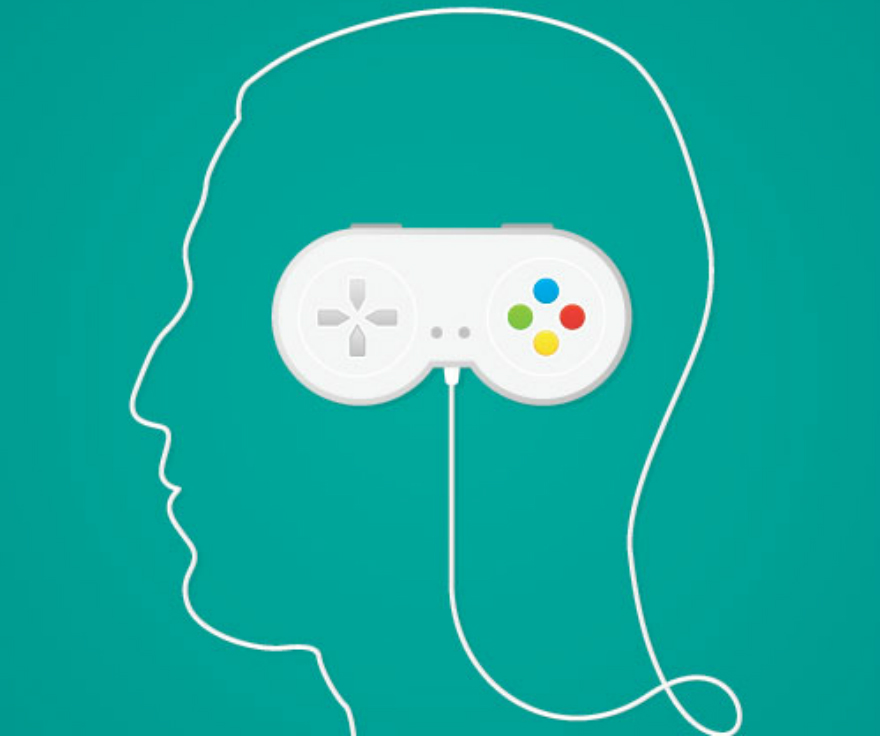What is Gamification?
Gamification is known as the use of game design mechanics in non-game contexts 1. Gamification came from the idea of using everything that is known about game design to “fix” reality. This is the main issue that gamification is trying to tackle: the fact that reality alone doesn’t motivate us effectively, that it isn’t engineered to maximize our potential, and not designed from the bottom up to make us happy.
Gamification comes into our lives as software service layers of reward and motivation systems, which come in the shape of points, badges, levels, progress bars, and many others. Gamification suggests that by living our lives in a gameful manner, leading real businesses and communities like game designers, and thinking about solving real-world problems like computer and video game theorists, we could certainly improve our quality of life, while feeling accomplished, with a greater sense of purpose, and with the feeling that we are indeed part of something bigger than ourselves.
Gamification adopts game design as an innovation strategy to leverage the power of games in order to reinvent everything from government, healthcare, and education to traditional media, marketing, and entrepreneurship. However, it is not just a technological craft; it is a current way of thinking, living, and creating. It is about optimizing human experience and organizing collaborative communities; it is a way of taking an active role in changing our lives and our communities by achieving some of the world’s most urgent needs through a game designed environment. Its main element is to use game design mechanics in non-game contexts, products and services in order to leverage motivation and desired behaviors 2.
A couple of gamification examples are being shown on this website, which focuses on the benefits of gamification in the areas of Productivity, Self-Improvement and in Crowdsourcing opportunities. The Productivity section focuses on the impact of gamification on motivation, efficiency and even enjoyment when it comes to performing tasks that seem mundane or pesky, such as doing chores or getting work done. This website provides a couple of examples of how gamification can help us create better habits and more satisfying work for ourselves by eliciting a sense of blissful productivity.
The Self-Improvement section focuses on how gamification can help us generate all kinds of positive emotions by focusing our energy on something we want to achieve and/or improve on and enjoy, without eliciting self-defeating or pessimistic behavior. Gamification examples in this area usually tend to focus on very specific areas in our lives and try to improve it.
The Crowdsourcing section focuses on discussing about gamified crowdsourcing opportunities in order to show how ordinary individuals gathered together to accomplish audacious goals which involve entire communities or society at large. Examples mentioned here will tackle the issues of reducing waste world-wide, fighting world hunger, and even trying to understand how we can prevent and even cure diseases that affect humanity.
Additionally, before delving into these sections, it is also important to understand the importance of gamification, and the positive emotions it can provide. Therefore, the history, meaning and characteristics of games are also mentioned, as well as the positive psychology behind the game design techniques that gamification makes use of.

